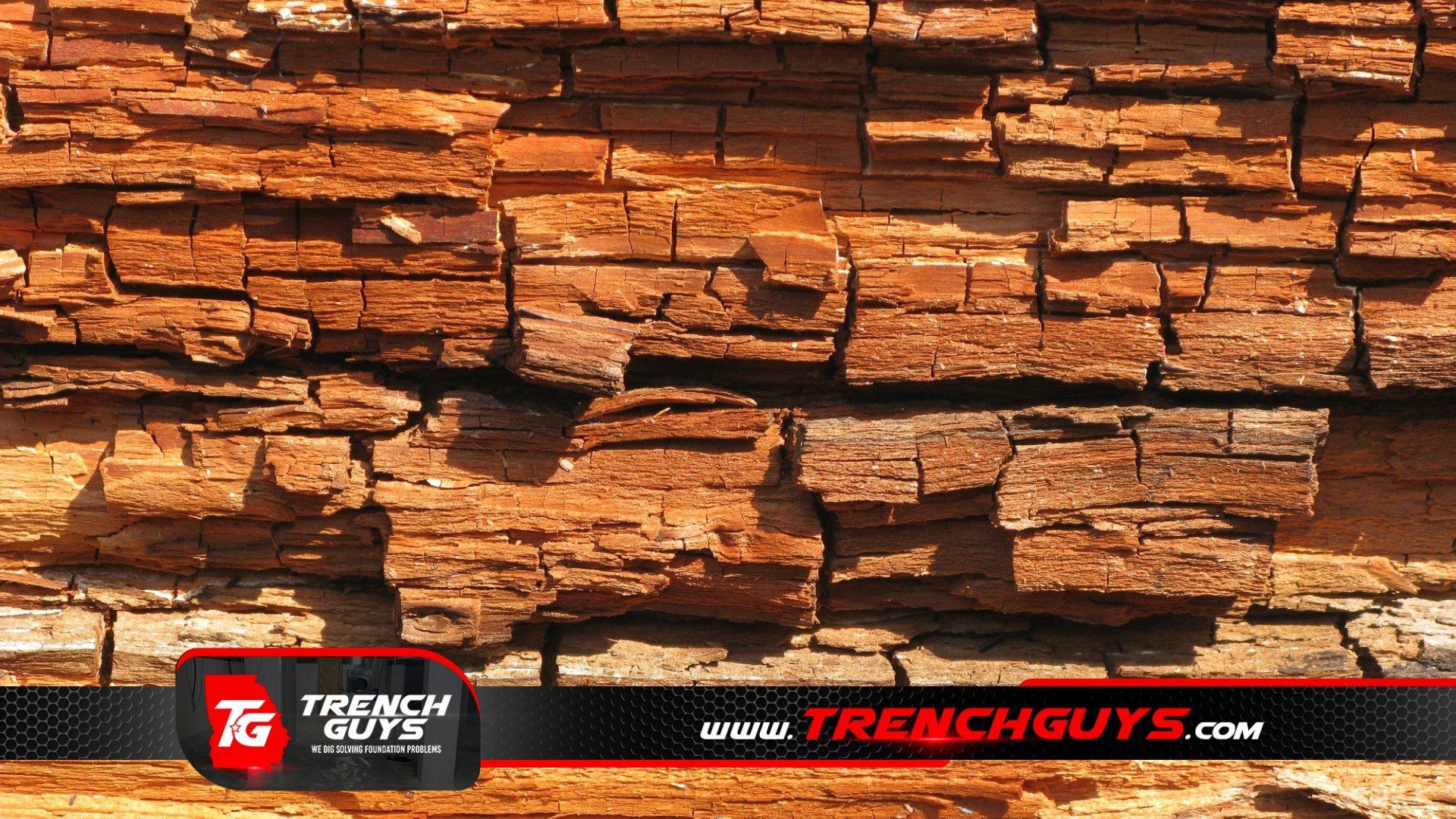Wood rot is a common problem that can weaken your home's structure and put your family in danger. It happens a lot in crawl spaces because water can build up there and cause damage over time. Fortunately, repairing wood rot in your crawl space doesn't have to be a daunting task. In this step-by-step guide, we'll walk you through the process of effectively repairing wood rot in your crawl space, so you can keep your home safe and structurally sound. Read on to learn more.
Overview of Crawl Space Wood Rot Repair
Before diving into the specific steps involved in repairing wood rot in your crawl space, it's important to understand the overall process. Wood rot in a crawl space is usually fixed by finding and fixing the cause of the rot, removing the damaged wood, treating the remaining wood to keep it from rotting again, and replacing any parts that need to be.
To figure out how bad the damage is, you'll need to look for signs of moisture and rot in the damaged areas. Once you know where the problem is coming from, you'll need to fix any leaks or ventilation problems that are causing the moisture to build up.
Next, you'll need to remove any damaged wood and clean the area thoroughly to ensure that no rot or mold remains. Once the area is clean, you'll need to treat the remaining wood with a wood preservative to prevent future rot.
Lastly, you'll need to replace any parts that can't be fixed, such as beams or joists that are no longer safe to use. To make sure the replacement is done safely and well, you may need to hire a professional contractor or carpenter.
Overall, you need to be careful and thorough when fixing wood rot in your crawl space to make sure the problem is fixed completely. With the right tools and techniques, however, you can keep your home safe and structurally sound for years to come.
Causes of crawl space wood rot
Wood that rots in your crawl space can be caused by a number of things, but the main cause is water. When moisture builds up in your crawl space, it can cause wood to rot and decay, which can hurt the way your house is built. Here are some of the most common causes of crawl space wood rot:
Poor ventilation
When there isn't enough ventilation in your crawl space, moisture can build up and cause wood rot. This is especially common in humid climates or areas with high water tables.
Plumbing leaks
Leaks from pipes or plumbing fixtures in your crawl space can lead to excess moisture, which can cause wood rot.
Inadequate drainage
If your crawl space doesn't have proper drainage, water can pool and lead to wood rot.
Pest infestations
Termites and other wood-destroying insects can cause wood to rot by feeding on it and creating areas of decay.
Improper construction
If your crawl space wasn't built with materials that don't absorb water or with enough air flow, wood rot may be more likely to happen there.
By fixing these underlying problems, you can stop wood rot from happening and avoid having to pay for expensive repairs in the future. Regular inspections and maintenance of your crawl space can also help you catch any issues early on, before they lead to more significant damage.
Signs of Crawl Space Wood Rot
Wood rot in your crawl space can cause a variety of visible and non-visible signs. By knowing what to look for, you can catch the problem early and prevent it from causing extensive damage. Here are some of the most common signs of crawl space wood rot:
Soft or spongy wood
When wood is rotting, it will feel soft and spongy to the touch. This can be a sign that the wood is no longer structurally sound and may need to be replaced.
Foul odors
Wood rot can create a musty or unpleasant odor in your crawl space, which can be an indication that there is a problem.
Visible mold or mildew
If you see mold or mildew growing on any surfaces in your crawl space, it could be a sign of excessive moisture and potential wood rot.
Rusty metal
When metal components in your crawl space, such as nails or screws, come into contact with moisture from wood rot, they can rust and become weaker over time.
Sagging floors or warped walls
If the wood in your crawl space is severely damaged by wood rot, it may cause floors to sag or walls to warp.
If you notice any of these signs in your crawl space, it's important to address the problem promptly to prevent further damage. A contractor or carpenter can help you figure out how bad the damage is and the best way to fix it by doing a professional inspection.
Facts About Crawl Space Wood Rot Repair
- Wood rot is caused by a fungus that breaks down wood fibers, resulting in structural damage to the wood.
- Wood rot can occur in crawl spaces due to high levels of moisture, humidity, and poor ventilation.
- Crawl space wood rot repair requires the removal of all affected wood and the installation of new, rot-resistant materials.
- The most common materials used for wood rot repair in crawl spaces are pressure-treated lumber, plywood, and OSB (oriented strand board).
- Pressure-treated lumber is the most durable and rot-resistant material for wood rot repair in crawl spaces.
- Plywood and OSB are less expensive alternatives, but they are not as resistant to rot and decay.
- Proper installation of new materials is essential for successful wood rot repair in crawl spaces.
- Proper installation includes sealing all seams and joints with caulk or sealant to prevent moisture from entering the crawl space.
Frequently Asked Questions:
What are the signs of wood rot in a crawl space?
Signs of wood rot in a crawl space include soft or spongy wood, foul odors, visible mold or mildew, rusty metal, and sagging floors or warped walls. Regular inspections can help catch these signs early and prevent further damage.
How do you repair wood rot in a crawl space?
To fix wood rot in a crawl space, you must find and fix the cause of the rot, remove the damaged wood, treat the rest of the wood to stop it from rotting again, and replace any parts that need to be. It's important to plan carefully and, if necessary, hire a professional contractor or carpenter.
What is the best way to vent a crawl space?
The best way to vent a crawl space is by installing passive vents that allow for natural air circulation and by ensuring that vents are spaced evenly around the perimeter. In some cases, a vapor barrier may also be installed to help control moisture.
How do you insulate a crawl space?
To insulate a crawl space, you can install insulation batts or rigid foam insulation along the walls and subfloor and add a vapor barrier to help control moisture. It's important to ensure proper ventilation and address any moisture issues before insulating. A professional contractor can assist with installation.
How do you remove mold from a crawl space?
To get rid of mold in a crawl space, you need to fix the moisture problem, wear protective gear, and physically remove the mold by sanding, scrubbing with a mold-killing solution, or using a HEPA vacuum. It's important to take precautions and hire a professional for extensive mold infestations.
Contact Trench Guys Today!
Trench Guys will do everything we can to ensure your experience with us is excellent.
Request A FREE Estimate
Request a Free Estimate Form
Checkout Recent Post
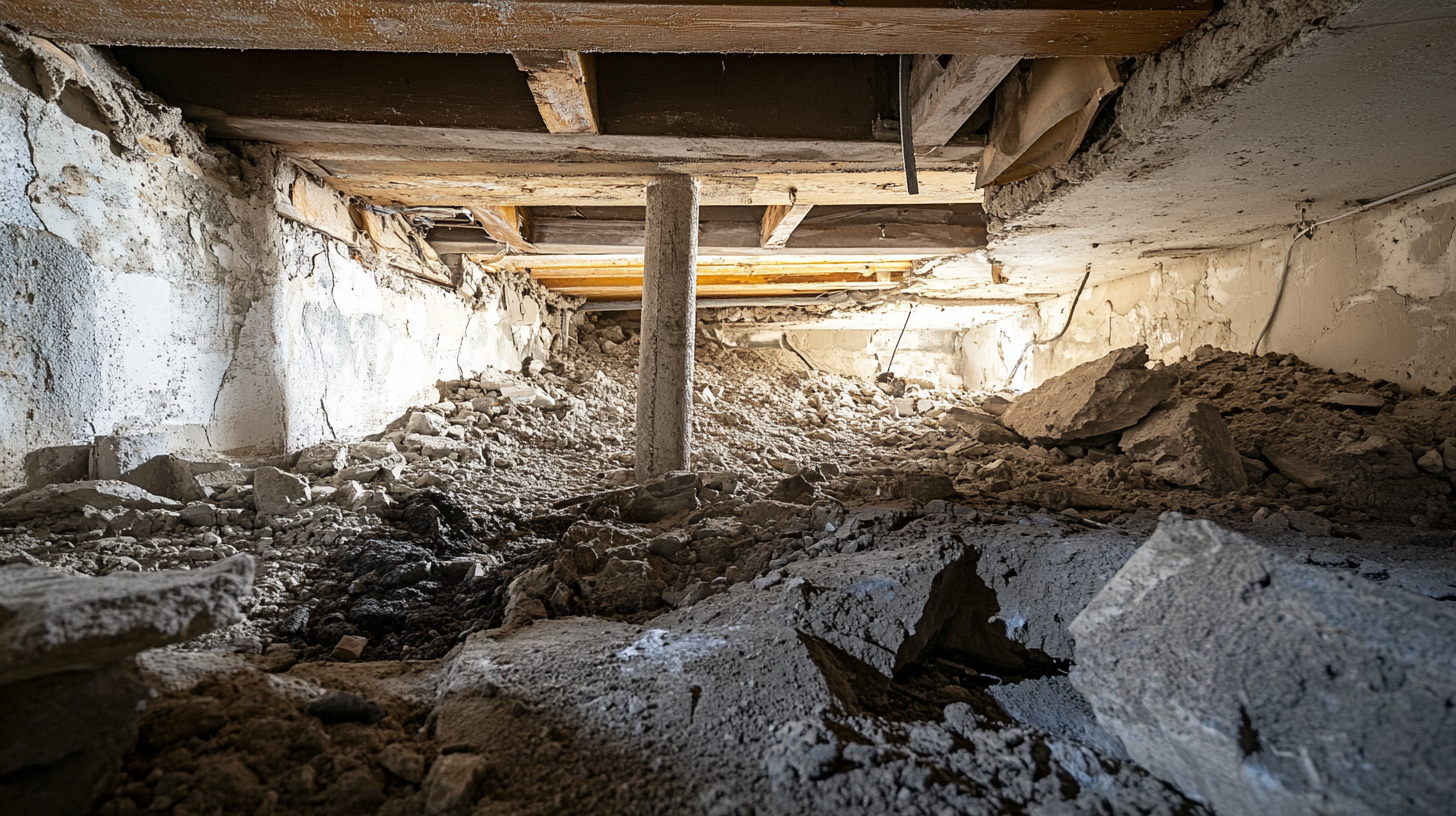
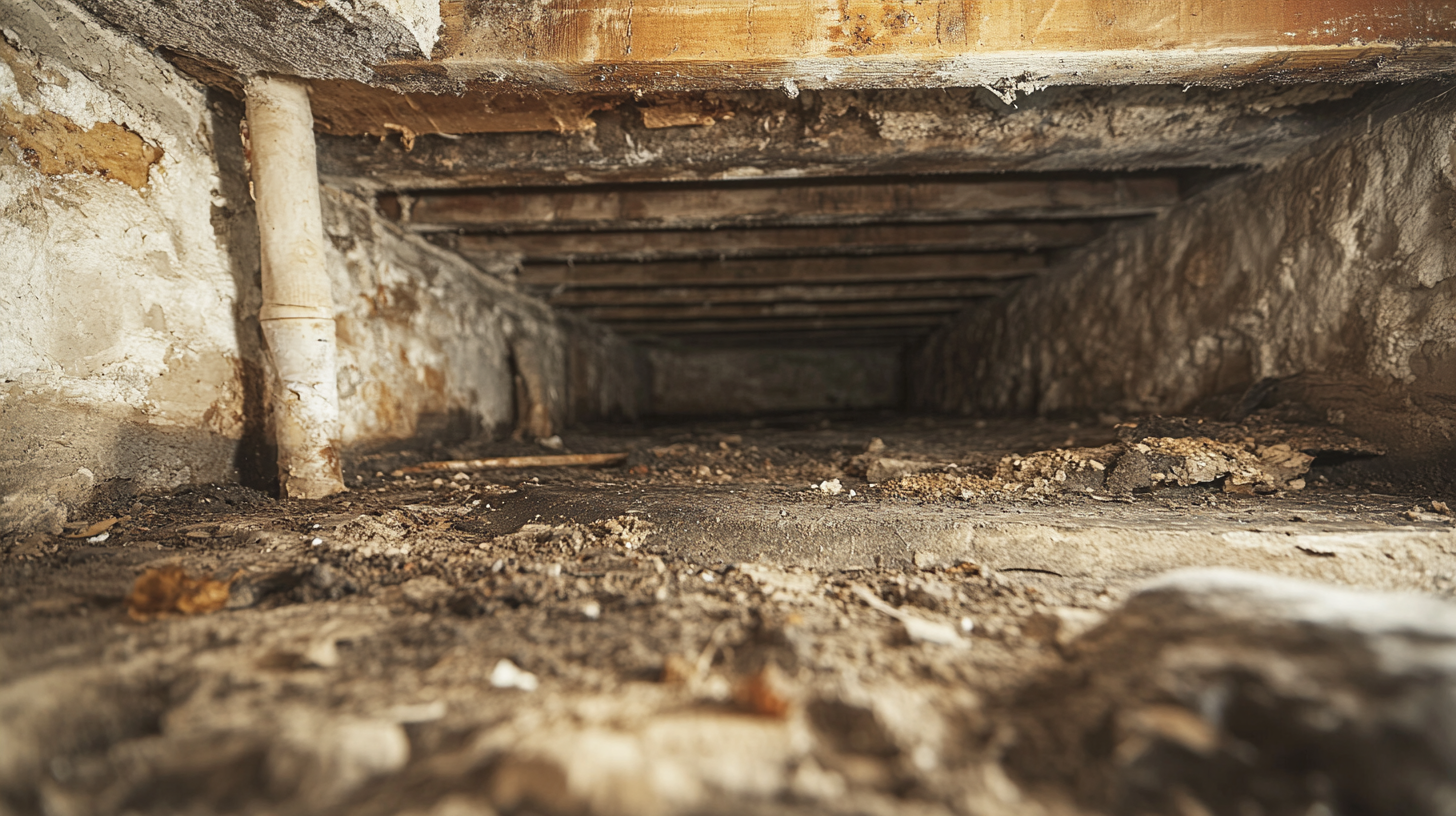
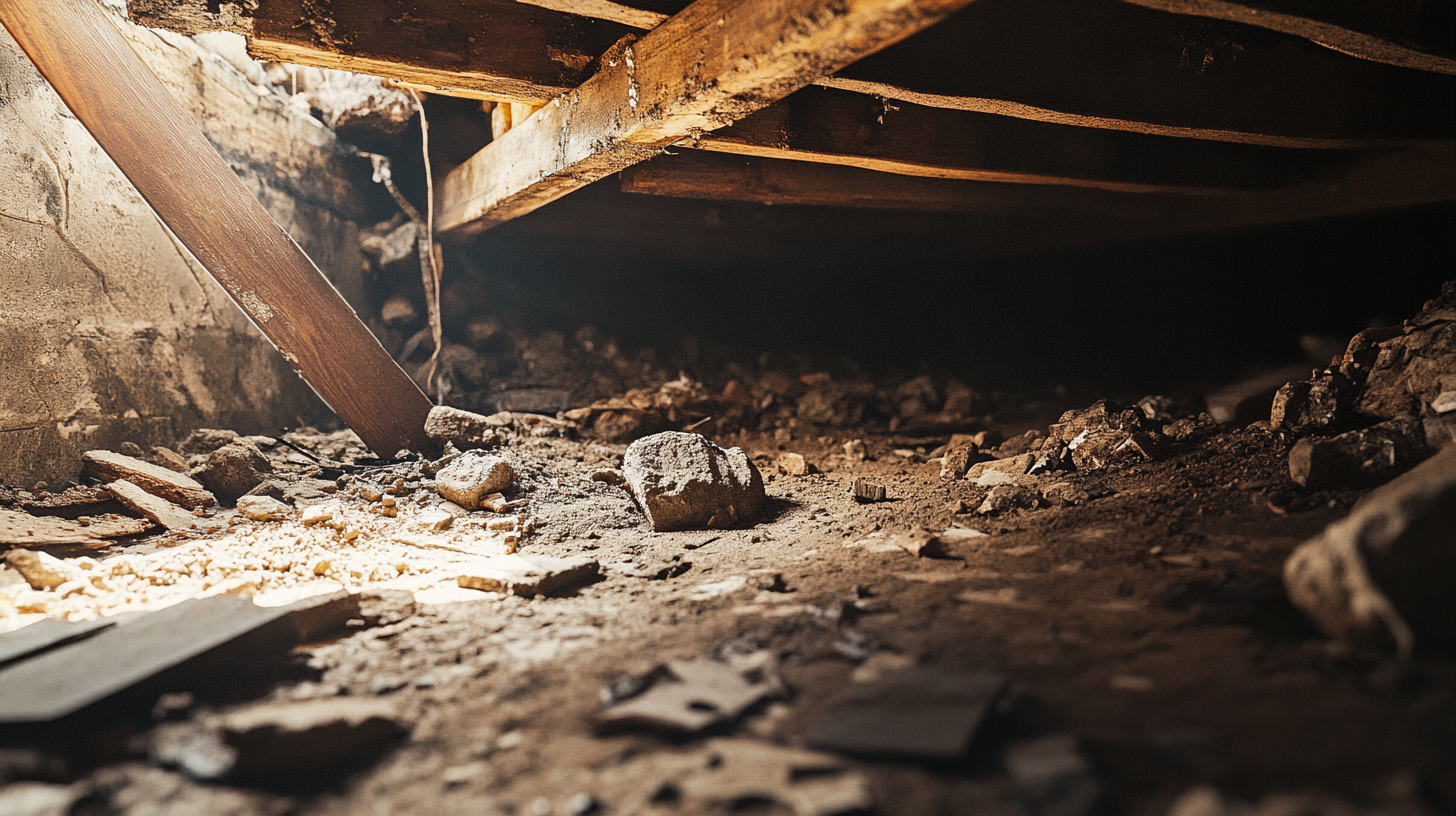
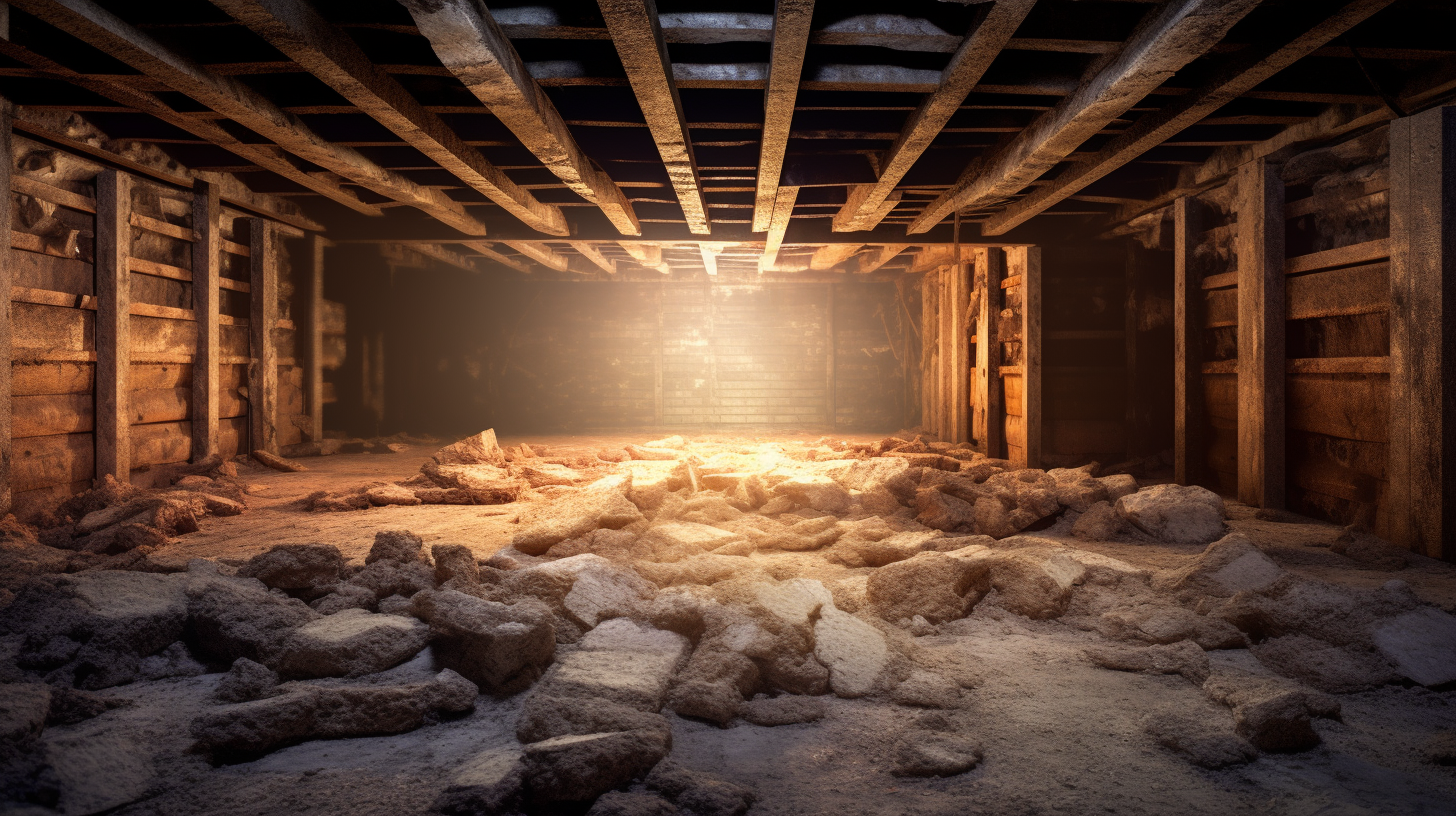
Got a Question? We’re Here to Help.
You can arrange an appointment or make an enquiry by phone or email, orget in touch to us via our contact form.


